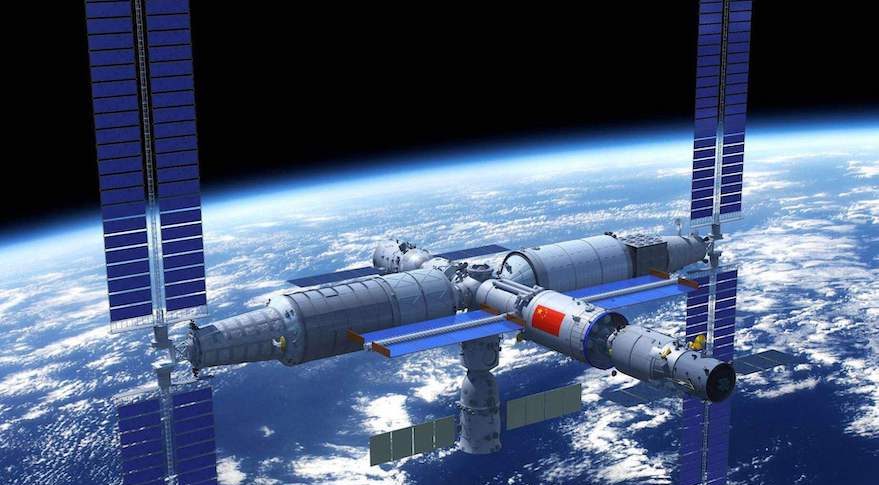The Chinese space agency is building a brand new space station, and they’re going about it in a suitably impressive way: an ambitious schedule of 11 planned launches crammed into only two years. When it’s done, the 66-ton space station will host crews of three astronauts for up to six months at a time, lasting for a planned 10 years before de-orbiting.
Continue reading “China will begin constructing its space station in 2021”The dinosaur killing asteroid hit the Earth at the most devastating possible angle
There are bad days, and then there are really bad days. 65 million years ago, life on Earth – especially if you were a dinosaur – experienced the worst possible bad day, as a giant meteor came crashing down to the surface of our planet, unleashing an inferno followed by decades of nuclear winter. And the worst part? It didn’t have to be so bad.
Continue reading “The dinosaur killing asteroid hit the Earth at the most devastating possible angle”On Mars, mud flows like lava

One of the most striking features on Earth are the curious flows of lava as it cools, forming undulating ropes of rock known by the Hawaiian word pahoehoe. New research simulating conditions on Mars now reveals that the red planet has its own kind of pahoehoe…but made of mud.
Continue reading “On Mars, mud flows like lava”At cosmic distances, even the speed of light is really slow
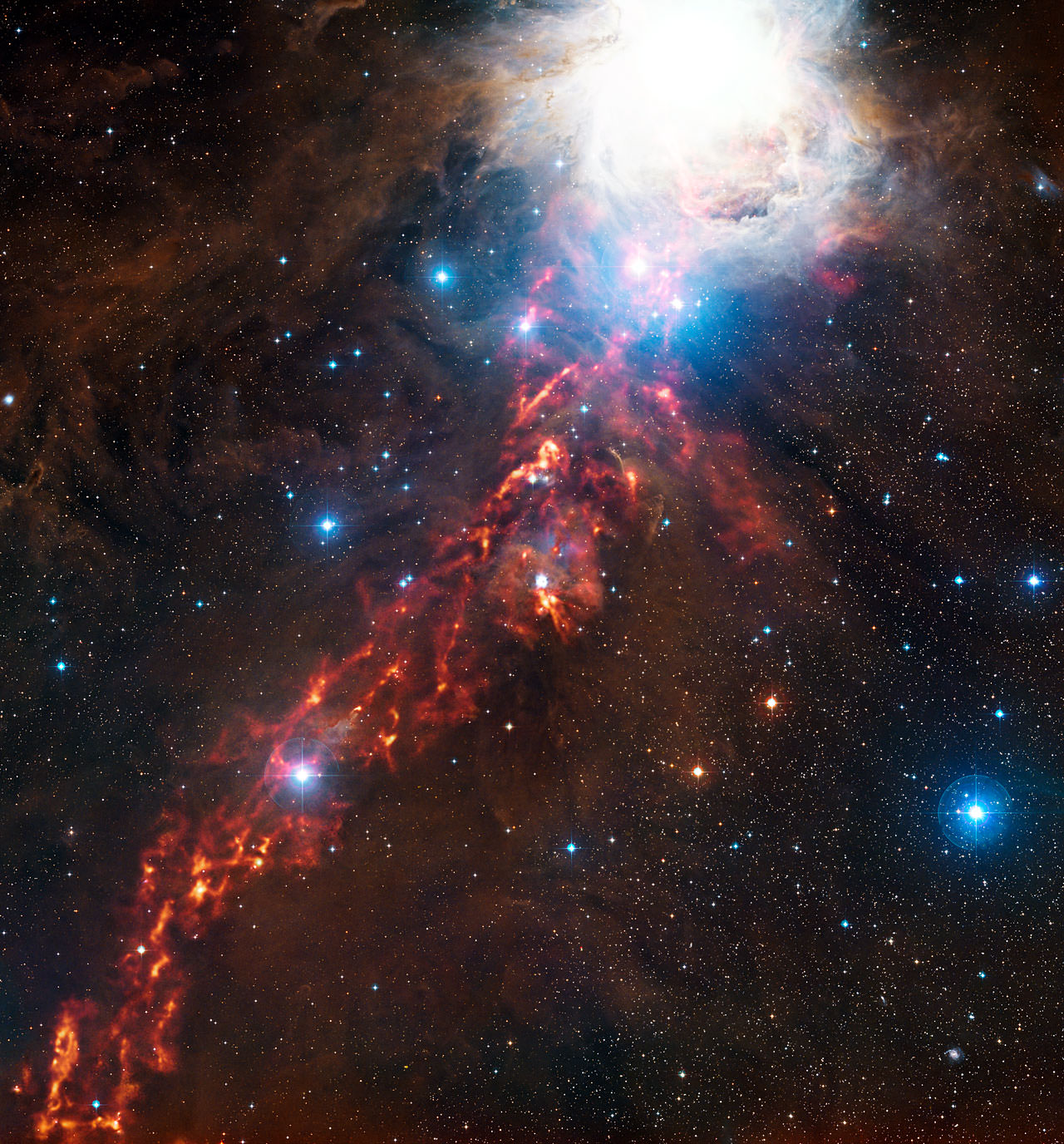
The speed of light is the absolute fastest thing in the universe, clocking in at a whopping 299,792,458 meters per second. At that speed, a beam of light could travel around the Earth’s entire equator in a mere 0.13 seconds. That’s…fast. And yet, when it comes to cosmic distances, it’s incredibly, frustratingly, boringly slow.
Continue reading “At cosmic distances, even the speed of light is really slow”Magnetic north is migrating towards Siberia. Here’s why
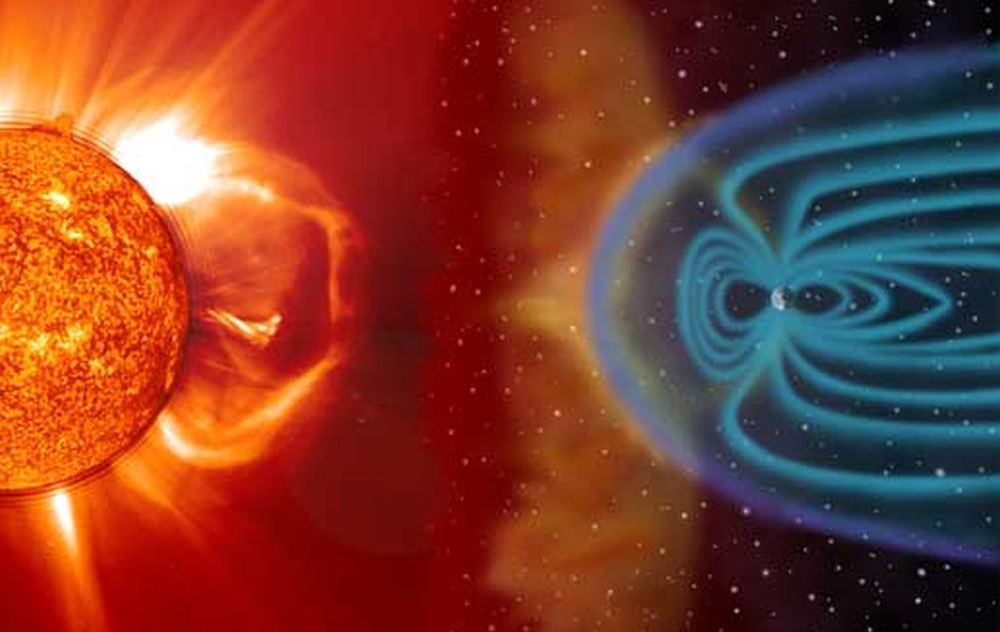
The North Pole ain’t what it used to be. Well, the geographic North Pole stays fixed over time (mostly because we define it to stay fixed over time) but the magnetic north pole constantly moves. And over the past decade it’s been moving out of Canada towards Siberia four times faster than it has in the past couple centuries. Armed with data from the ESA’s Swarm satellite, scientists might finally know why: the shifting of our magnetic field north pole is caused by a titanic struggle between two competing massive magnetic plumes.
Continue reading “Magnetic north is migrating towards Siberia. Here’s why”Jupiter is so Big that our Solar System almost had two Suns
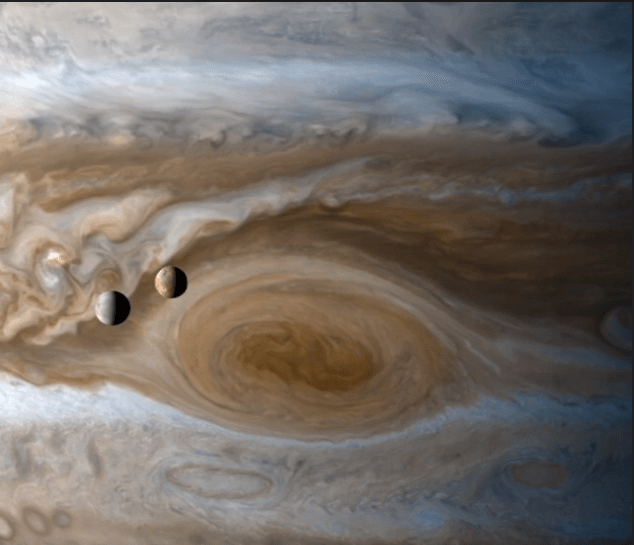
About half of all the star systems in the galaxy are made of pairs or triplets of stars. Our solar system features just one star, the Sun, and a host of (relatively) small planets. But it was almost not the case, and Jupiter got right on the edge of becoming the Sun’s smaller sibling.
Jupiter, the biggest planet in the solar system, is by far the largest. If you added up the masses of all the other planets, it wouldn’t even come to half of the mass of Jupiter. You could eliminate every single planet in the solar system except Jupiter, and you would basically still have…the solar system.
Continue reading “Jupiter is so Big that our Solar System almost had two Suns”Take a Peek Inside a Giant Star Right Before it Dies
The biggest stars in our universe are some of the most fascinatingly complex objects to inhabit the cosmos. Indeed,giant stars have defied full explanation for decades. Especially when they’re near the end of their lives.
Stars power themselves through nuclear fusion, from the smashing together of lighter elements into heavier ones. This process leaves behind a little bit of extra energy. It’s not much, but when those fusion reactions occur at millions or billions of times every single second, it’s enough to keep a star powered for…millions or billions of years.
Continue reading “Take a Peek Inside a Giant Star Right Before it Dies”Time Travel Into The Future Is Totally Possible
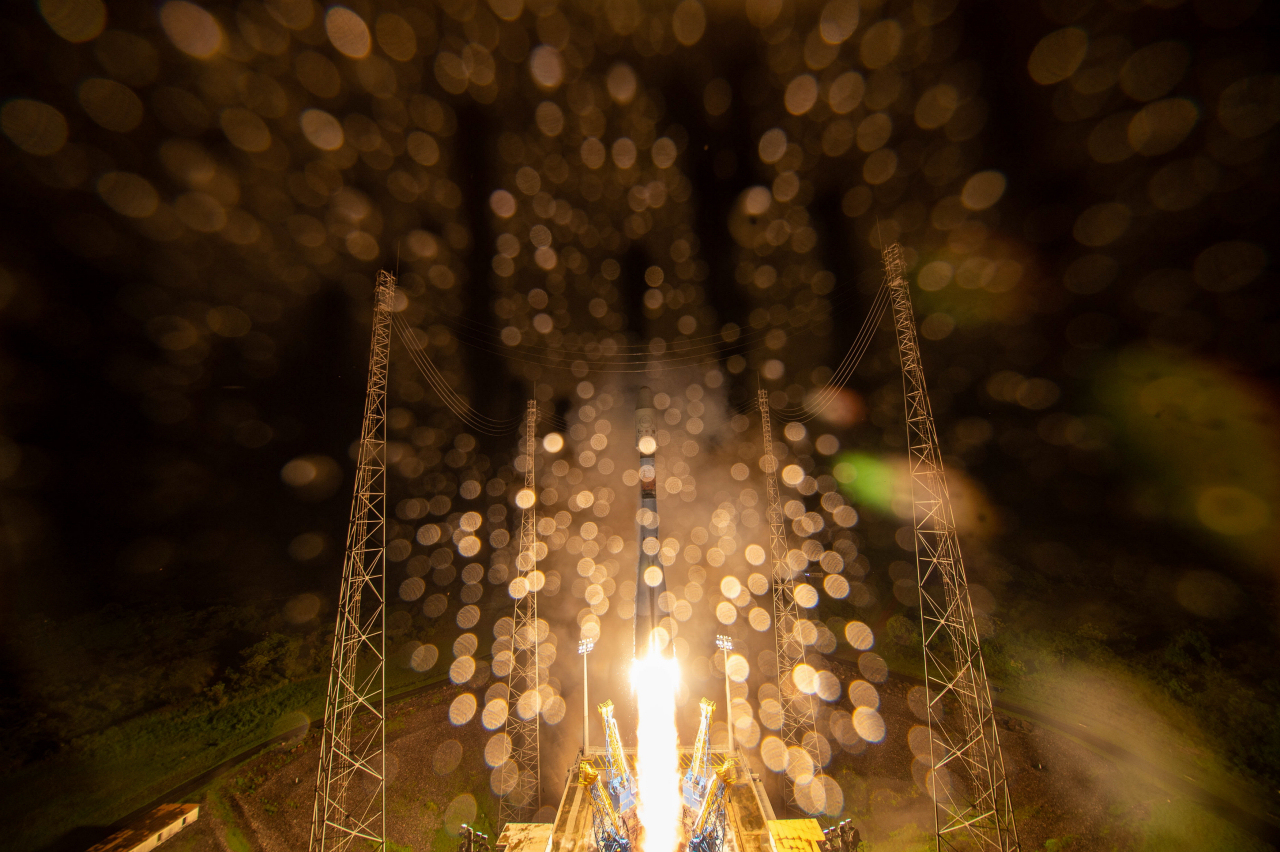
Believe it or not, time travel is possible.
In fact, you’re doing it right now. Every single second of every single day you are advancing into your own future. You are literally moving through time, the same way you would move through space. It may seem pedantic, but it’s a very important point. Movement through time is still movement, and you are reaching your own future (whether you like it or not).
Continue reading “Time Travel Into The Future Is Totally Possible”In the far future, the universe will be mostly invisible
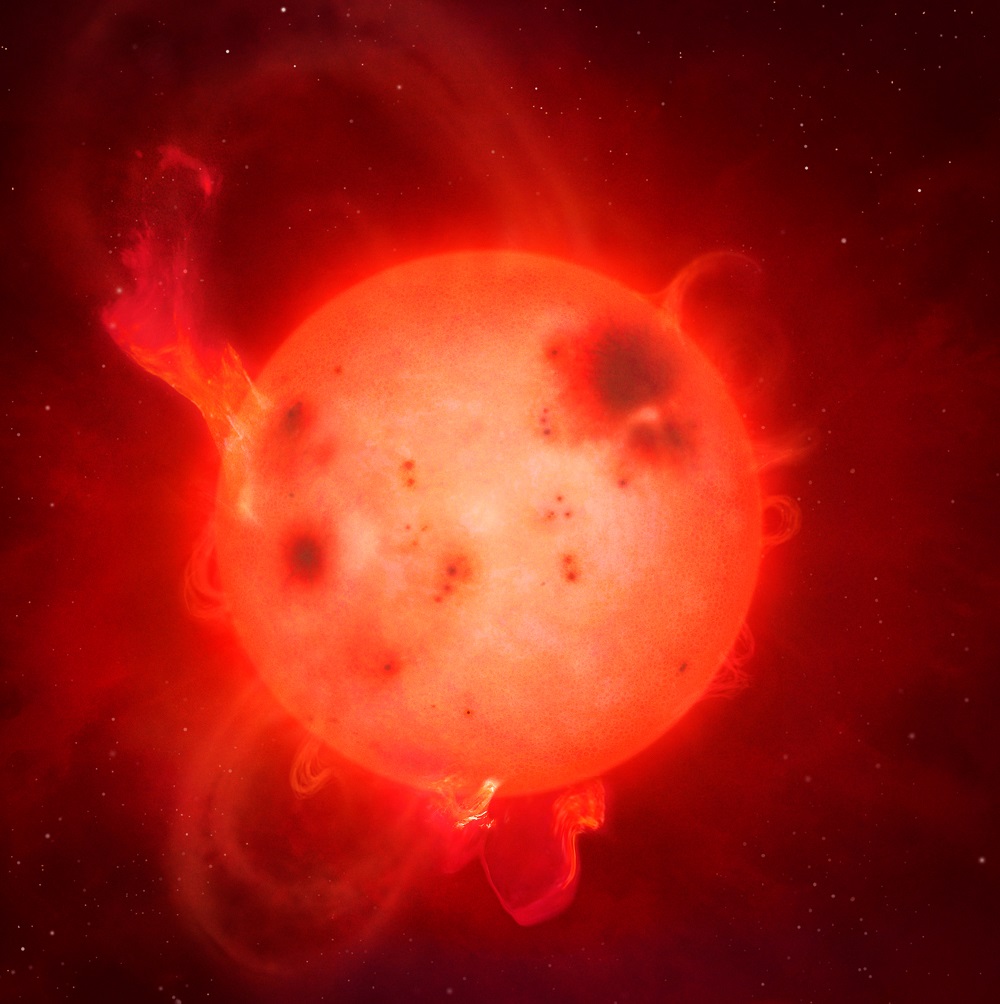
If you look out on the sky on a nice clear dark night, you’ll see thousands of intense points of light. Those stars are incredibly far away, but bright enough to be seen with the naked eye from that great distance – a considerable feat. But what you don’t see are all the small stars, the red dwarfs, too small and dim to be seen at those same distances.
Continue reading “In the far future, the universe will be mostly invisible”When Universities Reopen, Will Students Return?
In response to the Covid-19 global pandemic, schools and universities around the world have shut their doors and told their students to go home. Most of them continued their educational mission, but through remote remote learning platforms rather than in-person lectures.
Some of these universities and schools maintained this status for only a few weeks, while some kept this as the default state for the rest of their spring semester.
Continue reading “When Universities Reopen, Will Students Return?”
